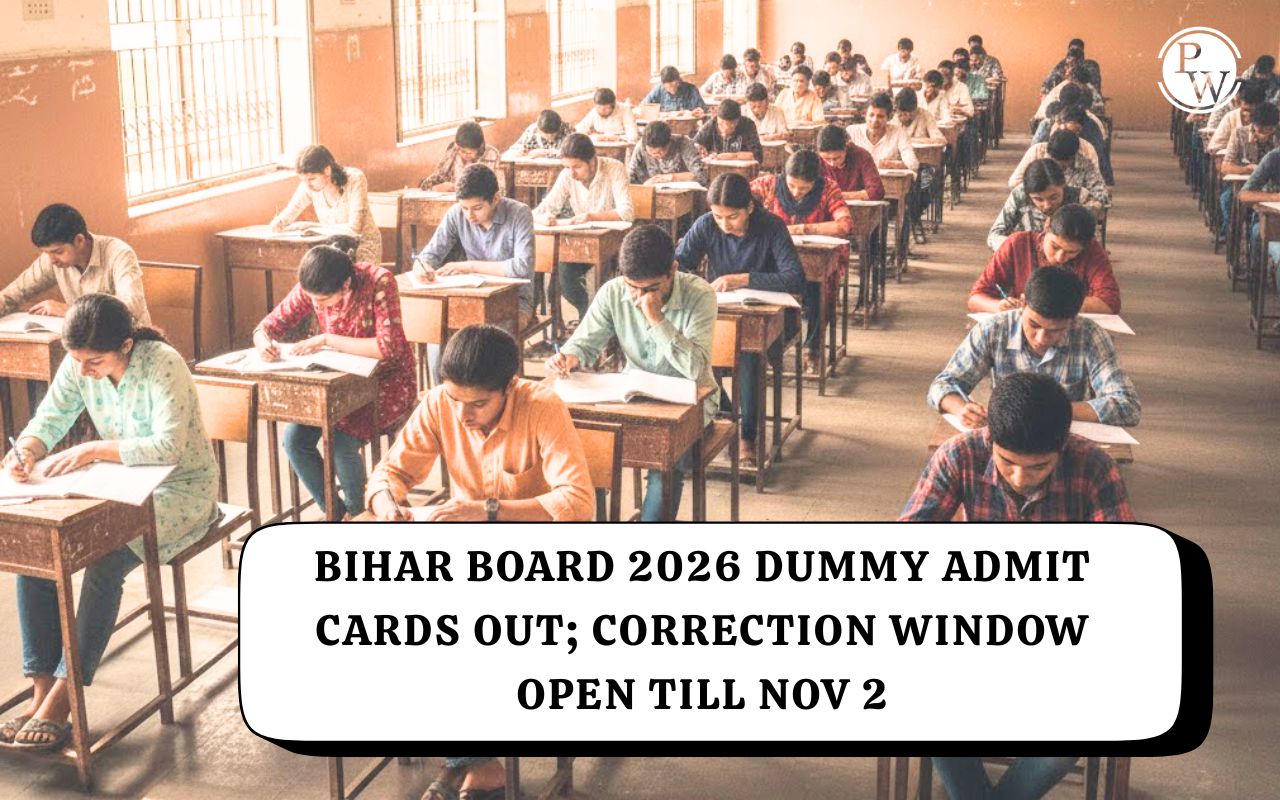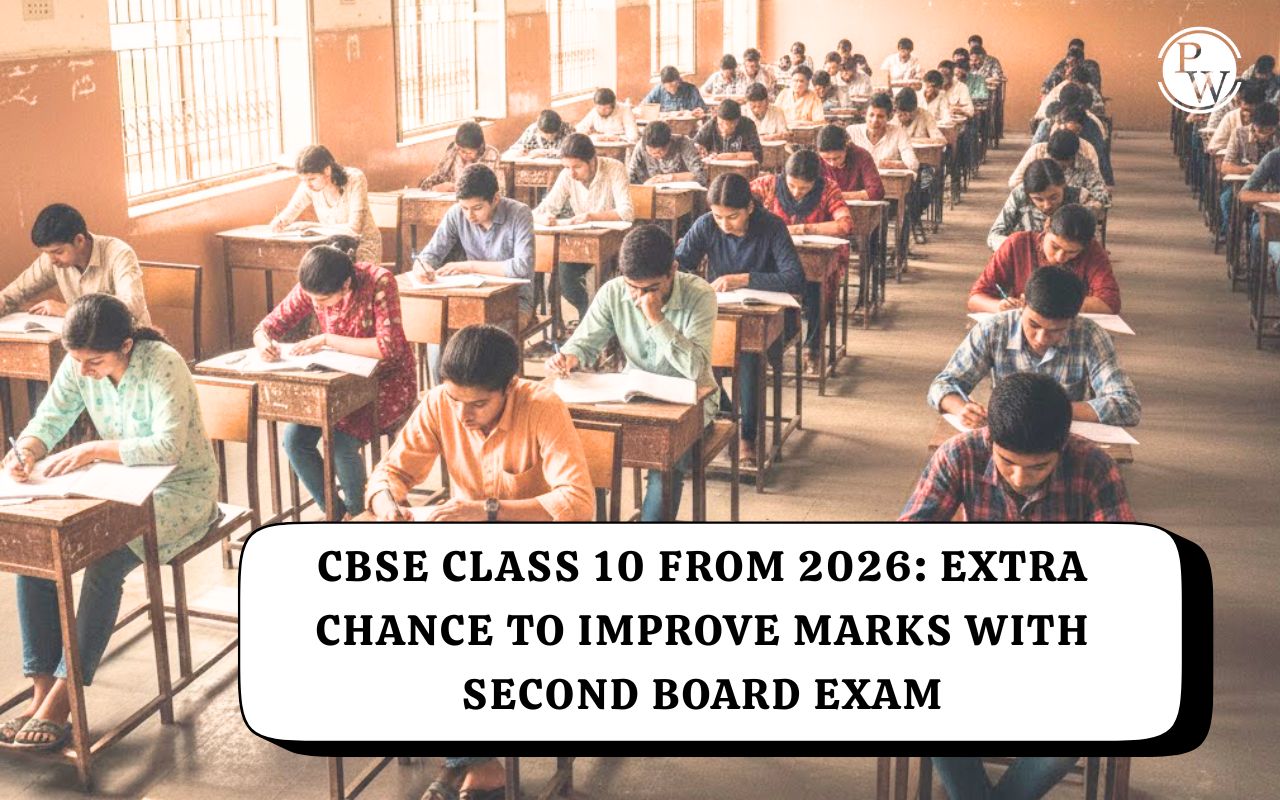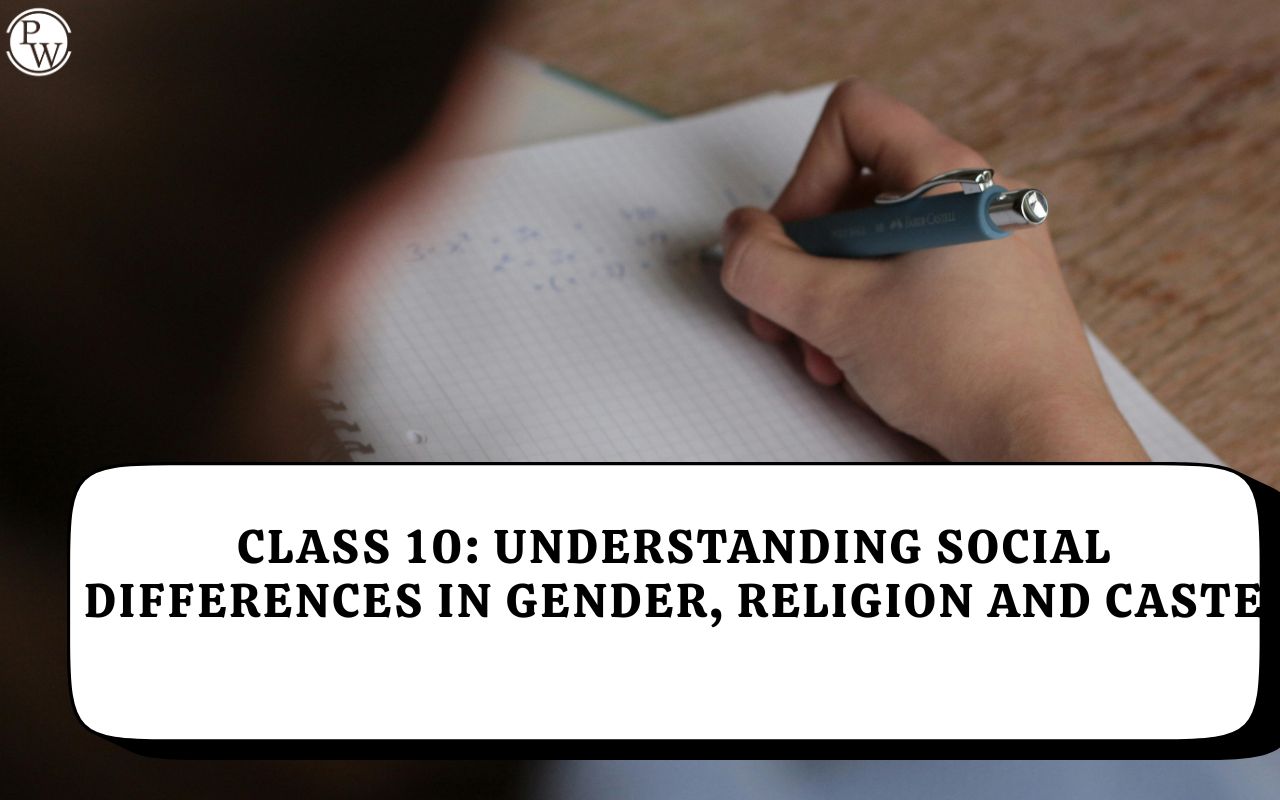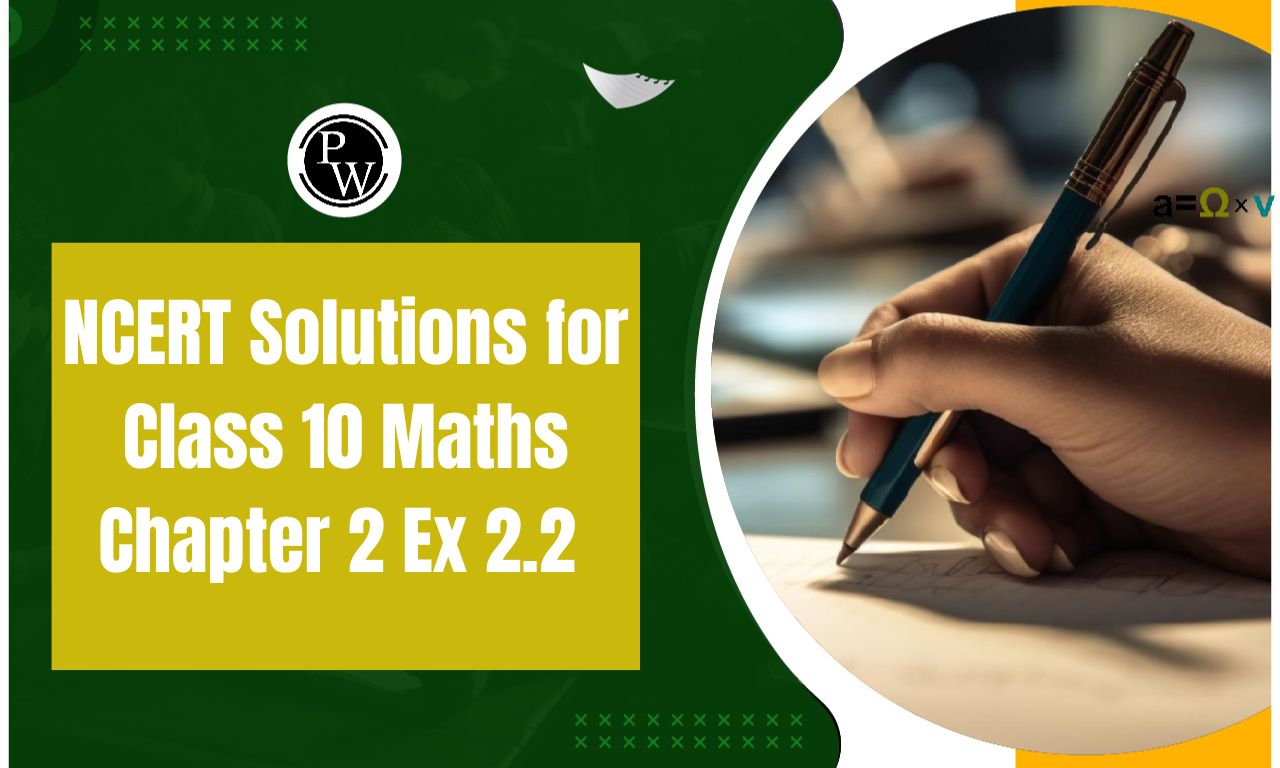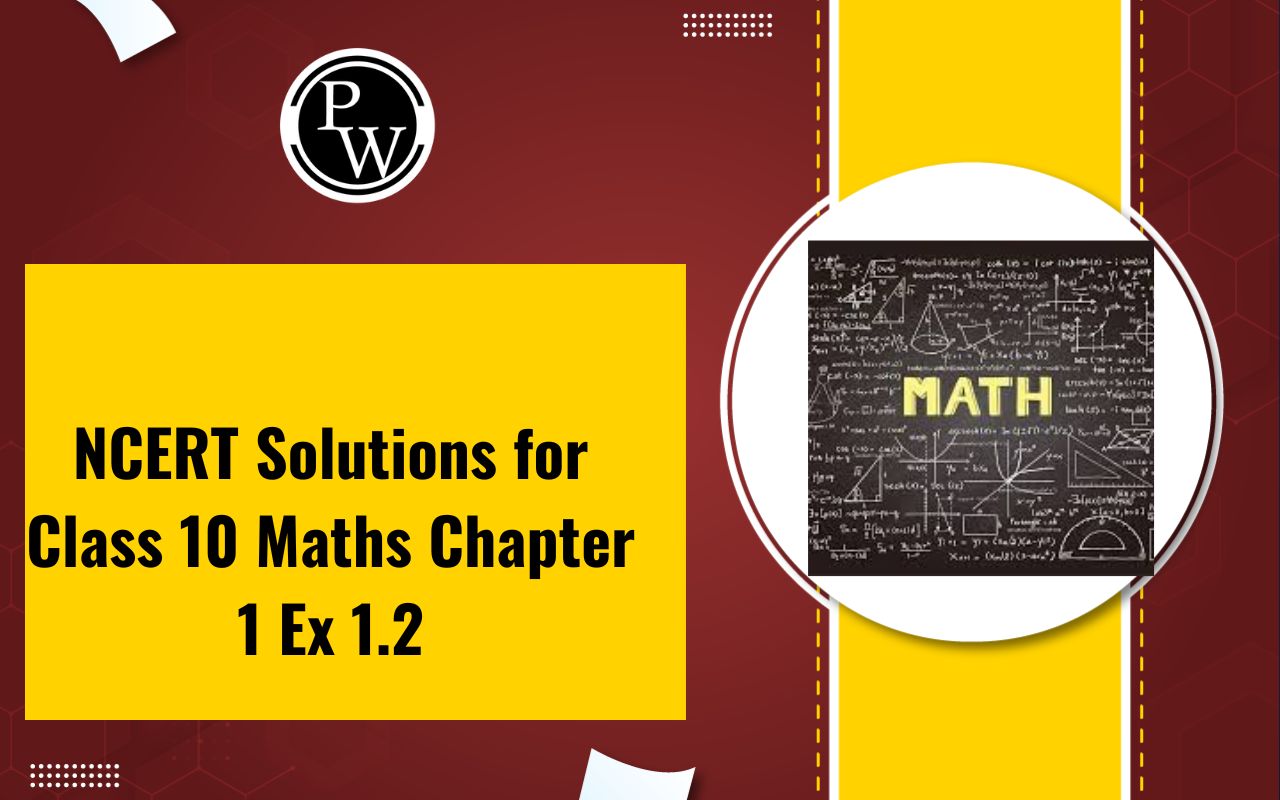
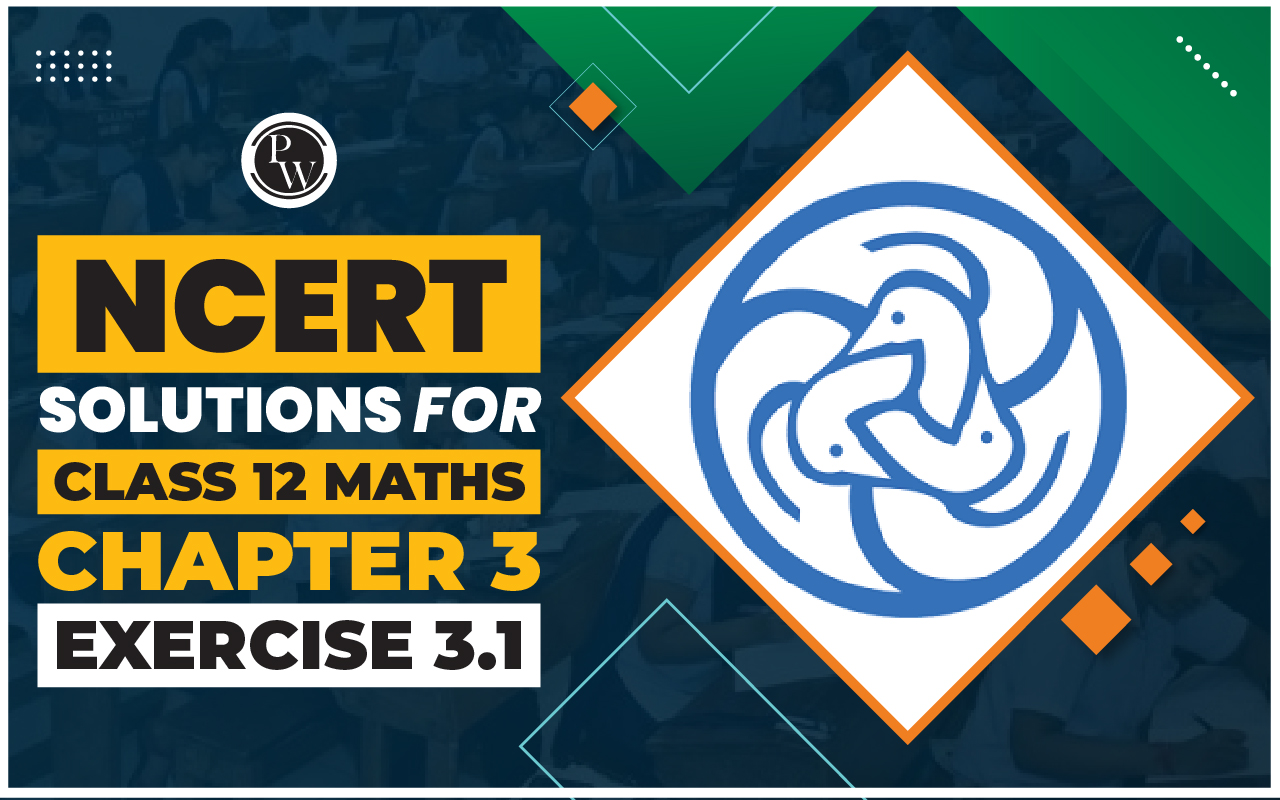
NCERT Solutions for Class 12 Maths Chapter 3 Exercise 3.1 Matrices
NCERT Solutions for Class 12 Maths Chapter 3 Exercise 3.1 Matrices is prepared by the academic team of Physics Wallah. We have prepared NCERT solutions for all exercises of Chapter 3. Given below is a step by step solutions to all questions given in the NCERT Solutions for Class 12 Maths Chapter 3 Exercise 3.1.NCERT Solutions for Class 12 Maths Chapter 3 Miscellaneous Exercise
NCERT Solutions for Class 12 Maths Chapter 3 Exercise 3.1 Overview
NCERT Solutions for Class 12 Maths Chapter 3 Exercise 3.1 covers these important topics. Students are encouraged to review each topic thoroughly in order to fully understand the concepts taught in the chapter and make optimal use of the provided solutions. These solutions are the outcome of the dedicated effort that the Physics Wallah teachers have been doing to aid students in understanding the ideas covered in this chapter. After going over and rehearsing these responses, the goal is for students to easily score outstanding exam results.NCERT Solutions for Class 12 Maths Chapter 3 Exercise 3.1
Solve The Following Questions NCERT Solutions for Class 12 Maths Chapter 3 Exercise 3.1 Matrices:
Question 1. In the matrix A = , write:
(i) The order of the matrix.
(ii) The number of elements.
(iii) Write the elements
, write:
(i) The order of the matrix.
(ii) The number of elements.
(iii) Write the elements
 Solution :
(i) There are 3 horizontal lines (rows) and 4 vertical lines (columns) in the given matrix A.
Therefore, Order of the matrix is 3 x 4.
(ii) The number of elements in the matrix A is 3 x 4 = 12.
(iii) a
13
Element in first row and third column = 19
a
21
Element in second row and first column = 35
a
33
Element in third row and third column = -5
a
24
Element in second row and fourth column = 12
a
23
Element in second row and third column = 5/2
Solution :
(i) There are 3 horizontal lines (rows) and 4 vertical lines (columns) in the given matrix A.
Therefore, Order of the matrix is 3 x 4.
(ii) The number of elements in the matrix A is 3 x 4 = 12.
(iii) a
13
Element in first row and third column = 19
a
21
Element in second row and first column = 35
a
33
Element in third row and third column = -5
a
24
Element in second row and fourth column = 12
a
23
Element in second row and third column = 5/2
NCERT Solutions for Class 12 Maths Chapter 3 Exercise 3.2
Question 2. If a matrix has 24 elements, what are possible orders it can order? What, if it has 13 elements? Solution : We know that if a matrix is of the order m × n, it has mn elements. Thus, to find all the possible orders of a matrix having 24 elements, we have to find all the ordered pairs of natural numbers whose product is 24. The ordered pairs are: (1, 24), (24, 1), (2, 12), (12, 2), (3, 8), (8, 3), (4, 6), and (6, 4) Hence, the possible orders of a matrix having 24 elements are: 1 × 24, 24 × 1, 2 × 12, 12 × 2, 3 × 8, 8 × 3, 4 × 6, and 6 × 4 (1, 13) and (13, 1) are the ordered pairs of natural numbers whose product is 13. Hence, the possible orders of a matrix having 13 elements are 1 × 13 and 13 × 1.NCERT Solutions for Class 12 Maths Chapter 3 Exercise 3.3
Question 3. If a matrix has 18 elements, what are the possible orders it can have? What if has 5 elements? Solution : We know that if a matrix is of the order m × n, it has mn elements. Thus, to find all the possible orders of a matrix having 18 elements, we have to find all the ordered pairs of natural numbers whose product is 18. The ordered pairs are: (1, 18), (18, 1), (2, 9), (9, 2), (3, 6,), and (6, 3) Hence, the possible orders of a matrix having 18 elements are: 1 × 18, 18 × 1, 2 × 9, 9 × 2, 3 × 6, and 6 × 3 (1, 5) and (5, 1) are the ordered pairs of natural numbers whose product is 5. Hence, the possible orders of a matrix having 5 elements are 1 × 5 and 5 × 1.NCERT Solutions for Class 12 Maths Chapter 3 Exercise 3.4
Question 4. Construct a 2 x 2 matrix A = [a ij ] whose elements are given by: (i) (ii) a
ij
= i/j
(iii)
(ii) a
ij
= i/j
(iii)
 Solution :
(i)
Solution :
(i)
 (ii)
(ii)

CBSE Class 12th Toppers List 2024
(iii)
 (ii) a
ij
= 2i - j
Solution :
(i)
(ii) a
ij
= 2i - j
Solution :
(i)
 (ii)
(ii)

| NCERT Solutions for Class 12 Maths Chapter 2 Exercise 2.1 | NCERT Solutions for Class 12 Maths Chapter 2 Exercise 2.2 |
| NCERT Solutions for Class 12 Maths Chapter 2 Miscellaneous Exercise | |
 (ii)
(ii)
 (iii)
(iii)
 Solution :
(i)Given:
Solution :
(i)Given:
 As the given matrices are equal, their corresponding elements are also equal.
Comparing the corresponding elements, we get:
x = 1, y = 4 = z = 3
(ii)
As the given matrices are equal, their corresponding elements are also equal.
Comparing the corresponding elements, we get:
x = 1, y = 4 = z = 3
(ii)
 As the given matrices are equal, their corresponding elements are also equal.
Comparing the corresponding elements, we get:
x + y = 6, xy = 8 and 5 + z = 5
Now, 5 + z = 5 ⇒ z = 0
We know that:
(x - y)
2
= (x + y)
2
- 4xy
⇒ (x - y)
2
= 36 - 32 = 4
⇒x - y = ± 2
Now, when x - y = 2 and x + y = 6 , we get x = 4, y = 2
When x - y = -2 and x + y = 6, we get x = 2, y = 4
∴ x = 4, y = 2, and z = 0, or x = 2, y = 4 and z = 0
(iii)
As the given matrices are equal, their corresponding elements are also equal.
Comparing the corresponding elements, we get:
x + y = 6, xy = 8 and 5 + z = 5
Now, 5 + z = 5 ⇒ z = 0
We know that:
(x - y)
2
= (x + y)
2
- 4xy
⇒ (x - y)
2
= 36 - 32 = 4
⇒x - y = ± 2
Now, when x - y = 2 and x + y = 6 , we get x = 4, y = 2
When x - y = -2 and x + y = 6, we get x = 2, y = 4
∴ x = 4, y = 2, and z = 0, or x = 2, y = 4 and z = 0
(iii)
 Question
7. Find the values of a,b, c and d from the equation
Question
7. Find the values of a,b, c and d from the equation
 .
Solution :
.
Solution :
 As the two matrices are equal, their corresponding elements are also equal.
Comparing the corresponding elements, we get:
a − b = −1 … (1)
2a − b = 0 … (2)
2a + c = 5 … (3)
3c + d = 13 … (4)
From (2), we have:
b = 2a
Then, from (1), we have:
a − 2a = −1
⇒ a = 1
⇒ b = 2
Now, from (3), we have:
2 ×1 + c = 5
⇒ c = 3
From (4) we have:
3 ×3 + d = 13
⇒ 9 + d = 13 ⇒ d = 4
∴a = 1, b = 2, c = 3, and d = 4
Question
8. A = [a
ij
]
m x n
is a square matrix if:
(A) m < n (B) m > n (C) m = n (D) None of these
Solution :
It is known that a given matrix is said to be a square matrix if the number of rows is equal to the number of columns. A = [a
ij
]
m x n
option (C) is correct.
Question
9. Which of the given values of x and y make the following pairs of matrices equal:
As the two matrices are equal, their corresponding elements are also equal.
Comparing the corresponding elements, we get:
a − b = −1 … (1)
2a − b = 0 … (2)
2a + c = 5 … (3)
3c + d = 13 … (4)
From (2), we have:
b = 2a
Then, from (1), we have:
a − 2a = −1
⇒ a = 1
⇒ b = 2
Now, from (3), we have:
2 ×1 + c = 5
⇒ c = 3
From (4) we have:
3 ×3 + d = 13
⇒ 9 + d = 13 ⇒ d = 4
∴a = 1, b = 2, c = 3, and d = 4
Question
8. A = [a
ij
]
m x n
is a square matrix if:
(A) m < n (B) m > n (C) m = n (D) None of these
Solution :
It is known that a given matrix is said to be a square matrix if the number of rows is equal to the number of columns. A = [a
ij
]
m x n
option (C) is correct.
Question
9. Which of the given values of x and y make the following pairs of matrices equal:
 (B) Not possible to find
(B) Not possible to find
 Solution :
Solution :
 We find that on comparing the corresponding elements of the two matrices, we get two different values of x , which is not possible.
Hence, it is not possible to find the values of x and y for which the given matrices are equal.
Therefore, option (B) is correct.
Question
10. The number of all possible matrices of order 3 x 3 with each entry 0 or 1 is:
(A) 27
(B) 18
(C) 81
(D) 512
Solution :
The correct answer is D.
The given matrix of the order 3 × 3 has 9 elements and each of these elements can be either 0 or 1.
Now, each of the 9 elements can be filled in two possible ways.
Therefore, by the multiplication principle, the required number of possible matrices is 2
9
= 512
We find that on comparing the corresponding elements of the two matrices, we get two different values of x , which is not possible.
Hence, it is not possible to find the values of x and y for which the given matrices are equal.
Therefore, option (B) is correct.
Question
10. The number of all possible matrices of order 3 x 3 with each entry 0 or 1 is:
(A) 27
(B) 18
(C) 81
(D) 512
Solution :
The correct answer is D.
The given matrix of the order 3 × 3 has 9 elements and each of these elements can be either 0 or 1.
Now, each of the 9 elements can be filled in two possible ways.
Therefore, by the multiplication principle, the required number of possible matrices is 2
9
= 512
NCERT Solutions for Class 12 Maths Chapter 3 Exercise 3.1 FAQs
What is the purpose of NCERT Solutions for Class 12 Maths Chapter 3 Exercise 3.1 on Matrices?
The solutions serve as a comprehensive guide, offering step-by-step explanations to help students understand and solve problems related to Matrices in Class 12 Mathematics.
How can I access the NCERT Solutions for Class 12 Maths Chapter 3 Exercise 3.1?
The solutions are typically available in various formats, including online platforms and study material websites. You can access them easily by searching for "NCERT Solutions Class 12 Maths Chapter 3 Exercise 3.1 Matrices."
Are these solutions helpful for exam preparation?
Yes, the solutions are designed to aid in exam preparation by providing clarity on mathematical concepts. They are a valuable resource for self-study and practice.
Can these solutions be used as a primary study material for Chapter 3 in Class 12 Maths?
While the solutions offer detailed explanations, it is advisable to use them as a supplement to your primary study material, such as NCERT textbooks and class notes.
Are the solutions free to access?
Many educational platforms provide free access to NCERT Solutions. You can find them on online study portals or educational websites dedicated to offering study materials.
🔥 Trending Blogs
Talk to a counsellorHave doubts? Our support team will be happy to assist you!

Check out these Related Articles
Free Learning Resources
PW Books
Notes (Class 10-12)
PW Study Materials
Notes (Class 6-9)
Ncert Solutions
Govt Exams
Class 6th to 12th Online Courses
Govt Job Exams Courses
UPSC Coaching
Defence Exam Coaching
Gate Exam Coaching
Other Exams
Know about Physics Wallah
Physics Wallah is an Indian edtech platform that provides accessible & comprehensive learning experiences to students from Class 6th to postgraduate level. We also provide extensive NCERT solutions, sample paper, NEET, JEE Mains, BITSAT previous year papers & more such resources to students. Physics Wallah also caters to over 3.5 million registered students and over 78 lakh+ Youtube subscribers with 4.8 rating on its app.
We Stand Out because
We provide students with intensive courses with India’s qualified & experienced faculties & mentors. PW strives to make the learning experience comprehensive and accessible for students of all sections of society. We believe in empowering every single student who couldn't dream of a good career in engineering and medical field earlier.
Our Key Focus Areas
Physics Wallah's main focus is to make the learning experience as economical as possible for all students. With our affordable courses like Lakshya, Udaan and Arjuna and many others, we have been able to provide a platform for lakhs of aspirants. From providing Chemistry, Maths, Physics formula to giving e-books of eminent authors like RD Sharma, RS Aggarwal and Lakhmir Singh, PW focuses on every single student's need for preparation.
What Makes Us Different
Physics Wallah strives to develop a comprehensive pedagogical structure for students, where they get a state-of-the-art learning experience with study material and resources. Apart from catering students preparing for JEE Mains and NEET, PW also provides study material for each state board like Uttar Pradesh, Bihar, and others
Copyright © 2025 Physicswallah Limited All rights reserved.
Get App

